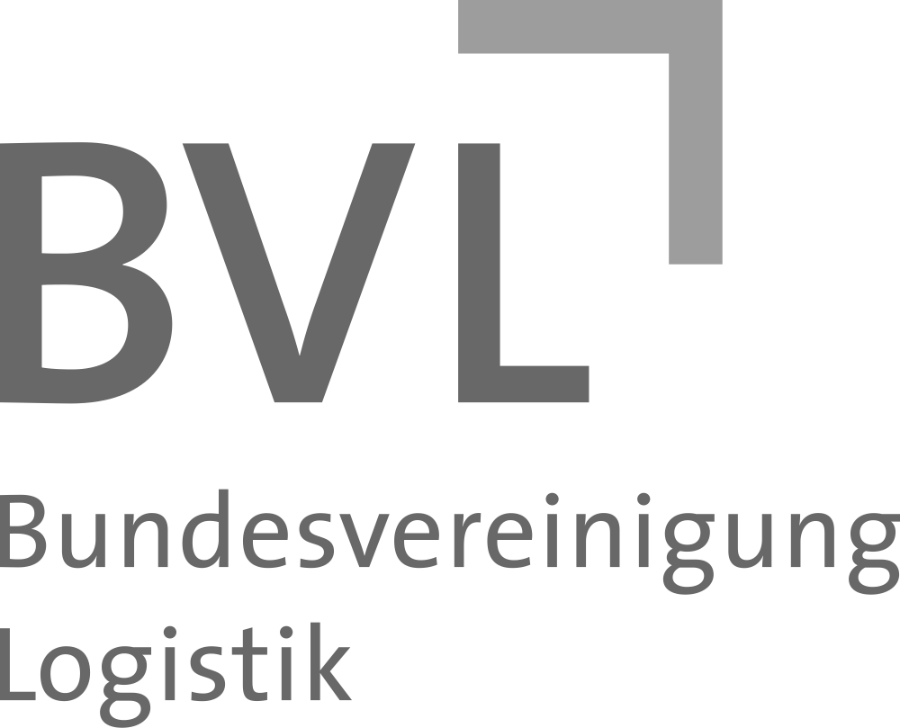Many managers think about introducing a BI tool, but shy away from the financial and personnel effort. With LOGO DATA, there is now a quickly available and affordable BI (not only for logisticians).
With LOGO DATA, LOGO consult offers a pre-configured logistics BI with a database prepared for logistics data.
LOGO customers can draw on over 25 years of experience with logistics data and logistics reporting.
When we see logistics data, we understand it. We don’t need workshops to recognise which data from a data set are relevant for reporting, how the data are connected and what the underlying message is. We have been inspiring our customers with this for years and are now considered data specialists for logistics data.
Even more important: we also know logistics processes, which are often reflected in the data flow and data structure. Whether it is transport or warehouse data or whether it is value-added services – we have seen it all in numerous logistics CRM projects.
LOGO is the logistics data specialist. Every week, our consultants and data specialists receive exports from logistics systems to build interfaces to LOGO CRM. We even already have standard interfaces for most of them, so the entire data architecture is already in place.

DATA mining especially for logisticians
LOGO consult has specialised in customer and sales processes in logistics companies, but for more than 25 years LOGO CRM has also included many reporting options, including damage, payment behaviour and consignment development. Customer segmentation options have always been part of LOGO’s performance.
With LOGO PI, a very variable evaluation tool was also created.
Finally, LOGO DATA is completely independent of LOGO CRM and can be used in any data structure at all logistics companies.

LOGO DATA is logistics BI with self-service functions
A great advantage of LOGO DATA is that authorised branch managers, warehouse managers, managers and account managers can compile their own queries in the existing data structure. With a simple tool that everyone understands within a very short time.
Anyone who used to carry out Excel exports, compile data with Pivot and then make graphs from it can work intuitively with LOGO DATA.
Buzzwords such as data strategy, data culture and data literacy can be heard again and again in the environment of Big Data, BI and AI.
And indeed, companies today first have to work on understanding the importance of data quality. Only when data is used for analysis purposes in addition to the operational processing of the business does the often poor data quality become apparent. On the topic of data quality, read my BVL blog “Data quality – The never-ending story in digitisation”
In addition to ready-made data cubes and dashboards, companies that use LOGO DATA can also allow certain employees to create their own evaluations. Of course, the rights of the employee are always respected.
With LOGO DATA, rigid visualisations or tables are not enough.
The LOGO DATA views also score points with a graphic drilldown. A click on a total number shows the individual data records behind it.
A click on a part of a world map with turnover figures per country of departure shows the consignment data that were used for this.
A pie chart with the breakdown of the turnover of a branch broken down into divisions leads to the individual data.
In this way, everyone can dive further and further into the depth of the data and improve their understanding of the dashboards and graphics.
LOGO DATA is therefore not only quickly available and affordable, but also extremely pleasant and intuitive to use.

Everyone needs BI, few can financially handle a data project
In conversations with managing directors of medium-sized logistics companies, I hear again and again that they would like to have a management information system like the ones the corporations have had for a long time.
Many of my interviewees have worked in corporations in the past. They have decided in favour of medium-sized companies, but they know about the opportunities of a data platform and the management possibilities it offers.
Many are aware that a BI project, if you have to start from scratch, starts with an investment of half a million euros.
But on top of that, there are internal resources of highly qualified employees who have to explain the structure of the data, the data flows and the processes to the service provider.
Why is a BI project so complex and so expensive?
And the creation of the data lake into which the data flows from all possible sources and the construction of the interfaces so that this data always remains up-to-date are only the first step. Depending on the complexity of the data, this alone can take well over a year. And here the management must always keep in mind that in addition to external resources, own employees with very good data and process knowledge must always be assigned to the project. They have much less time for their usual work.
This is often not even feasible for a medium-sized company and the idea already fails in the planning phase.
But that is only the beginning. When the database for the data lake is ready and the data flows are channelled, the reports are compiled.
For this, the BI service provider needs an incredible amount of input from management. BI specialists are not logistics specialists. They don’t know what logistics BI is all about. And they can’t be blamed for that. They are data and reporting professionals. The logistics input must come from within the company. Again, highly specialised well-trained employees have to invest a lot of time to put together the “data cubes” that management needs.

Why is logistics BI particularly complex and therefore particularly expensive?
Some calculations are highly complex. For example, a contribution margin calculation up to the fourth level. Providing all the necessary data sources and the data structure can take months.
If you want to see the contribution margin calculation for a customer (and not just on an order basis), in logistics you still have to look at data from the most diverse logistics areas such as warehousing, value-added services, land, air and sea transport, all of which obey their own laws.
Other KPIs have to be defined by management and the calculations determined. The company defines dashboards and visualisations.
In the best case, implementation can now be completed.
What problems can arise after the completion of a large BI project?
Often, 1-2 years have passed since the start of the BI project at go-live. The requirements have certainly changed again.
And perhaps the evaluation wishes of all hierarchical levels have not been taken into account in order not to make the project unnecessarily expensive and protracted.
Unfortunately, the effect can then be that only a few people involved end up with the figures they need for their strategies, while some departments or groups of employees have to continue working as before: hours of searching for data, compiling Excel lists and a lot of manual work.
Why don’t these problems arise when you choose LOGO DATA?
Because of the Data Lake’s structure, which is pre-configured for logistics, it is possible to start processing data from a wide variety of sources very quickly.
Due to the calculations and groupings, which are already pre-configured to the requirements of logisticians, LOGO DATA already has many evaluations “out-of-the-box”.
Thanks to the know-how of the LOGO consultants, even special wishes can be implemented very quickly.

Why is LOGO DATA resource-saving?
The lead time for setting up the BI tool is significantly shortened because much is already pre-configured and only minor adjustments need to be made. This saves a lot of money for data analysts and programmers. That is why LOGO DATA is a quickly available and affordable BI.
A quick project start with logistics data experts saves you many workshops for data and function analysis. A lot of working time of your employees is saved.
Thanks to the flexible structure and self-service functions, fewer requests are made to the service provider, even in the long term, and many adjustments and extensions can be carried out by your own staff. This saves a lot of time and, of course, money for external staff.













